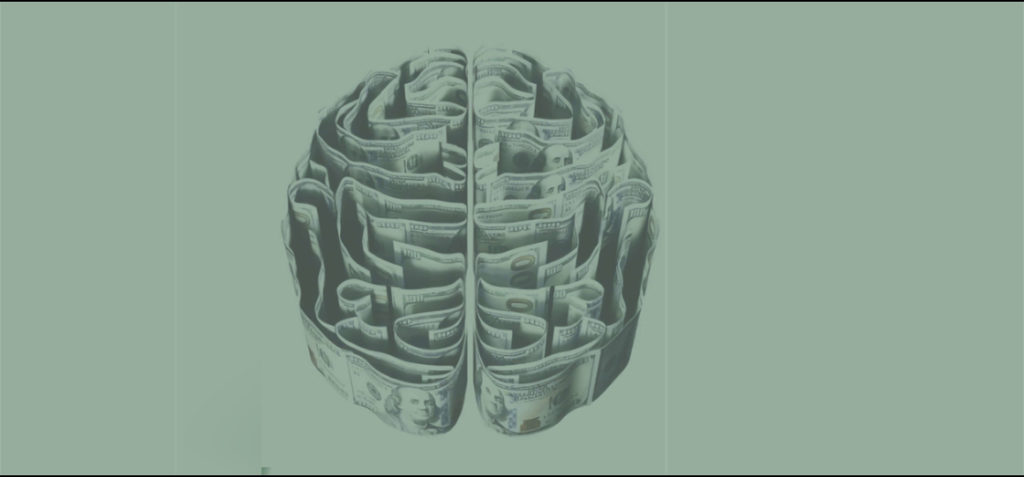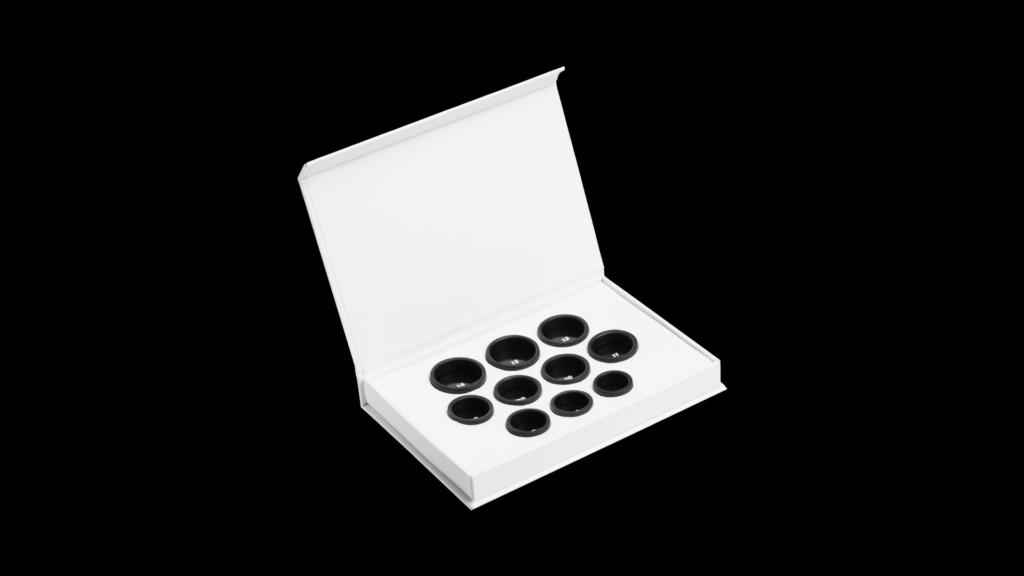Introduction
Mind control usually comes to us from the realm of science fiction or a superhero movie. While onscreen it is portrayed as an alien or futuristic technology usually accompanied by evil intentions, human beings are on the path to alter brainwaves to suit our various needs, but for less sinister reasons.
When you’re going through a stressful situation or trying to tackle a risky manoeuvre, do you ever wish that there was a way to control your thoughts, feelings and emotions and alter your mental state to a wavelength that can manage the situation better? There is a way now, and it can be achieved by changing or strengthening brainwave patterns by external cues or stimuli. Let’s find out more about its working patterns.
Highlights
- Neurofeedback is a form of alternative treatment wherein brainwaves are retrained through auditory or visual stimuli, such as listening to music or watching videos, to influence brainwaves according to our desire,
- Neuro-sound is a form of neurofeedback wherein auditory stimuli, such as music, binaural beats or positive affirmations, are utilized to influence brainwave chemistry to our desired effect,
- This can be used to achieve better brain health, learning abilities and enhanced cognition, among a number of other things.
Brainwaves and how they work

The brain is made up of several specialized cells called neurons. Neurons constantly interact with each other in the brain—to communicate behaviour, emotions and thought—through an electric activity that can be measured using a technique called electroencephalography (EEG). Using sensors attached to the scalp, scientists can record the electronic feedback from the brain and map them out like waves. Each human activity corresponds to a different wavelength. For example, a brainwave measured and mapped while we’re resting will differ from when it’s mapped while we’re in a focused state. Brainwaves also occur at various frequencies. While some are fast, others are slow, based on our activities and emotional states.
These brainwaves can be divided into broad categories based on their wavelength and frequencies. The most widely used EEG bands are delta, theta, alpha, beta and gamma. They are measured in a cyclic format, or cycles per second, called hertz (Hz).
- Delta: Delta (1-3Hz) brainwaves have the slowest frequency and the highest amplitude. We experience delta brainwaves while we are asleep.
- Theta: Theta (4-7Hz) brainwaves indicate a dreamy, relaxed state, usually attained during meditation and stress-free relaxation. It usually represents the twilight zone between sleep and wakefulness.
- Alpha: Alpha (8-12Hz) brainwaves are slower but larger, associated with normal relaxation while waiting for external stimuli to affect it. If we close our eyes and relax, picturing peaceful scenes, there is an increase in alpha brainwave activity. It is the idle or neutral gear of brainwaves.
- Beta: Beta (13-38Hz) brainwaves have a faster and shorter frequency, associated with levels of concentration or mental and intellectual activity. It represents a state of alertness.
- Gamma: Gamma (39-42Hz) brainwaves are faster blips of subtle vibratory states, usually associated with regulating perception and consciousness.
Normally, we cannot change brainwave patterns as we’re usually not aware of the state they’re in. However, we can influence them. Through proper external conditioning, we may be able to exert enough influence that, through constant effort, the changes become gradually enduring, with the feedback matching the influence. This practice of influencing brainwaves to achieve certain states is termed neurofeedback.
Neurofeedback and Neurosound
Neurofeedback is a form of alternative treatment wherein brainwaves are retrained through auditory or visual stimuli, such as listening to music or watching videos, to influence brainwaves according to our desire. This technique is non-invasive, i.e., there is no usage of medicine, and is extremely cost-effective. Through neurofeedback, we can boost attention, enhance memory and creativity, and also promote communication skills. Additionally, it can be used to treat anxiety, depression and promote better quality of sleep. Numerous case studies can attest to this.

Neuro-sound is a form of neurofeedback wherein auditory stimuli, such as music, binaural beats or positive affirmations, are utilized to influence brainwave chemistry to our desired effect. This can be used to achieve better brain health, learning abilities and enhanced cognition. While it is a relatively new practice in the realm of science, using sound and vibrations to influence our physical and mental health has been around for ages.
Right from Native American rhythmic drumming, to the Gregorian chants used in churches, sound and music have had a great impact in promoting health and healing. Neuro-sound is the practice of how music and sound can affect our brainwaves, thereby impacting our physical and mental well-being. (4)
Binaural beats
Developments in science enable us to extract particular waveforms or vibrations from music or a sound, isolate them and then directly apply them for maximum benefits. One such phenomenon—the binaural beats—was first theorized in the year 1839 by Heinrich Wilhelm Dove, a European physicist and meteorologist, and tested and proved by Dr Gerald Oster, a medical doctor and biophysicist, in the year 1973, in a research paper. In the latter’s experiment, it was discovered that people with some neurological conditions couldn’t hear them, opening the binaural beats up as potential diagnostic tools. People suggest listening to binaural beats to achieve a wide range of experiences: lucid dreaming, less pain, unlocking creativity and even improving sexual experience. They are marketed by many as meditation aids, intelligence boosters and ways to treat hyperactivity.
Let us look at how exactly binaural beats affect our brain. Dr Suzanne Evans Morris states that when two different frequencies are played into each ear through different headphones, the difference between them determines the brainwave being influenced. For example, if a frequency of 210 Hz is played through one earphone and 200 Hz through the other, the brainwave that occurs is in the alpha zone, which is determined by the difference between the two frequencies, i.e., 10 Hz. The result of this is called “brainwave entrainment.”

Hence, when brainwaves can be influenced to a certain frequency corresponding to the five zones, brain function can accordingly be modified using sound. As a result, certain frequencies, sounds and music have the power to stimulate the brain, to even produce neurotransmitters such as serotonin, which is the “feel good” chemical messenger, and can be utilized to increase pleasure and reduce feelings of pain. Different brainwave patterns are linked to the production of various neurochemicals which are associated with creativity, memory, relaxation, stress relief, increased learning, and other such desirable benefits.
Another experiment, conducted by Dr Margaret Patterson and Dr Ifor Capel, showed how a 10 Hz brainwave frequency, i.e., one that fell in the alpha zone, increased the production of serotonin, easing pain and initiating relaxation. They also show how a 4 Hz brainwave frequency helps the brain to produce catecholamines, chemicals important for memory and learning.
Simply put, the brain’s internal communication system, or its language, is based on frequency, and when we speak this language by influencing external frequencies through music and sound, we’re communicating to the brain to initiate a desired mental state.
How people can use Neurosound to their benefit
Neurofeedback and neuro-sound have far-reaching applications in our lives, including reducing stress, relief from headaches, pain relief, increased memory and learning, preventing or reversing cognitive disorders like Parkinson’s or Alzheimer’s disease, as well as promoting better sleep cycles, recovery from addiction and enhanced cognitive abilities. Synchronization of the two hemispheres of the brain, through neurofeedback, also enhances overall well-being and motor reflexes, due to faster and better flow of communication between the two halves of the brain.
Specifically, in terms of the five bands of brainwaves, listening to alpha brainwaves helps a person to relax and de-stress, while also increasing the production of serotonin. Additionally, a study done by Dr Georgi Lozanov, a Bulgarian psychiatrist, showed that subjects in the alpha brainwave zone can absorb as much as five times more information, in less time, with increased memory retention as well.

Theta brainwaves can be used to sync the two hemispheres of the brain, thereby increasing the flow of communication. Most classical music is in the alpha or theta zone, while most metal or hard rock music is similar to a high beta state, indicating increased awareness, but are also stressful.
One can use the delta frequency to fall asleep easier and repair and recover quicker from injuries or daily physical stress. Sleeping aids made by pharmaceutical companies prevent the body from making certain neurotransmitters and destroy brain function over time. In contrast, neuro-sound is non-invasive, merely influencing brain states similar to sleep and calm, making it easier for us to fall asleep.
Conclusion
Neurofeedback is a form of alternative treatment wherein brainwaves are retrained through auditory or visual stimuli to influence brainwaves according to our desire. Neuro-sound is a form of neurofeedback wherein auditory stimuli are utilized to influence brainwave chemistry to our desired effect. If a person can initiate different brainwave states consciously, they can allow the emergence of more patterns or variations in their brains, thereby making changes at a neural level. This can help them “shift gears” in life, as required, through the usage of sounds and music. Make sure you are conscious and educated about the frequency the music or sound is emitting, and use it to your advantage to change your state of mind.
Disclaimer: The contents of this article are for general information and educational purposes only. It neither provides any medical advice nor intends to substitute professional medical opinion on the treatment, diagnosis, prevention or alleviation of any disease, disorder or disability. Always consult with your doctor or qualified healthcare professional about your health condition and/or concerns and before undertaking a new health care regimen including making any dietary or lifestyle changes.
References








